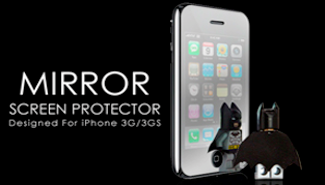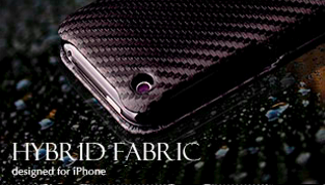- Continue Shopping
- Your Cart is Empty
- iPhone Case
▾
- iPhone 14 Series
- iPhone 14
- iPhone 14 Plus
- iPhone 14 Pro
- iPhone 14 Pro Max
- iPhone 13 Series
- iPhone 13 mini
- iPhone 13
- iPhone 13 Pro
- iPhone 13 Pro Max
- iPhone 12 Series
- iPhone 12 mini
- iPhone 12
- iPhone 12 Pro
- iPhone 12 Pro Max
- iPhone 11 Series
- iPhone 11
- iPhone 11 Pro
- iPhone 11 Pro Max
- iPhone X Series
- iPhone XR
- iPhone X / XS
- iPhone XS Max
- iPhone 6 7 8 Series
- iPhone 6 / 6S
- iPhone 6 Plus / 6S Plus
- iPhone 7
- iPhone 7 Plus
- iPhone 8
- iPhone 8 Plus
- iPhone SE Series
- iPhone SE (4" screen)
- iPhone SE 2020 / SE 2022 (4.7")
- iPad Case ▾
- Watch ▾
- Minimalist ▾
- Outdoor ▾
- Screen
- Cart
September 24, 2013
Recent Articles
- Find My iPad Model
- Tempered Glass vs Plastic Film
- Dress up iPhone SE
- iPhone 6 Pre-order successful, what about U?
- New L@@K
Hello iPhone 5S 5C
Apple’s latest releases, the iPhone 5S and 5C, have recently hit stores with impressive initial sale numbers. So what are they all about? We take a look here on some of the finer details of these two new smart-phones. The 5S is an upgrade over the previous iPhone 5 model, however the 5C is a new introduction into the iPhone range to provide a cheaper option for consumers with all the usual features you’d expect out of a smart-phone.

iPhone 5C – The Ins and Outs
Unlike previous iPhone models, the 5C will be completely made out of plastic and will come in a variety of different color options depending on taste (white, red, yellow, blue and green). The shell consists of a polycarbonate plastic, with an added steel frame for rigidity. It has a Facetime camera with increased pixel size for better low-light results and the same iSight camera that is featured in the iPhone 5.The display is impressive, coming standard as a Retina 4inch with vibrant sRGB color and roomy wide-screen video (again similar to the iPhone 5’s). Overall the 5C looks and performs great, and for a cheaper price it might be the way to go if you’re spending on a budget.
The majority of the other features are standard for the iPhone line and don’t offer too much in the way of innovation, but given the success Apple has had with the iPhone it’s not too hard to see why.

The iPhone 5S
If you compared just the 5S’s looks to the older 5 it might be hard to see how they’re any different, but when you take a look inside you can really notice the improvements. One huge feature that Apple have marketed has been Touch ID, which is essentially a fingerprint scanner to be used as phone security so only you can get access to it – pretty cool.
In terms of power the 5S has some pretty substantial upgrades over previous revisions, with the A7 bringing impressive results and a 64-bit architecture. Although most applications won’t need this extra performance, it definitely helps with the new OS and with general speed while browsing.
Battery life is, as expected, very good. Standby especially has been improved significantly with battery efficiency, with on average just a 4-5% drop in usage overnight. During use however there is still definite room for improvement in this regard, especially with the use of some apps that are especially power-hungry (for example the Touch ID).
Onto the battery, and probably the most anticipated feature for this new model. The camera sensor has been pushed especially hard by Apple, coming in between the HTC One and Samsung’s Galaxy S4 in terms of sharpness and low-light usability for a good balance. The UI is where it really comes into its own though, with easily switchable modes and a simple and clean outlook. Intelligent selection of shots by the iPhone will let you get what you want quickly with little fuss.
Overall, we’re pretty impressed by these new additions to Apple’s iPhone range, and for good reason. While the changes might not be ground-breaking in innovation and style, there’s really no reason to change a winning formula, and there are solid improvements where it counts, such as with features like the camera and Touch ID as well as general performance increases.
iPhone
News & Updates
Sign up to get the latest on sales, new releases and more …
© 2024 MYCASE. Designed by Out of the Sandbox. Ecommerce Software by Shopify




Jennifer Chui
Author